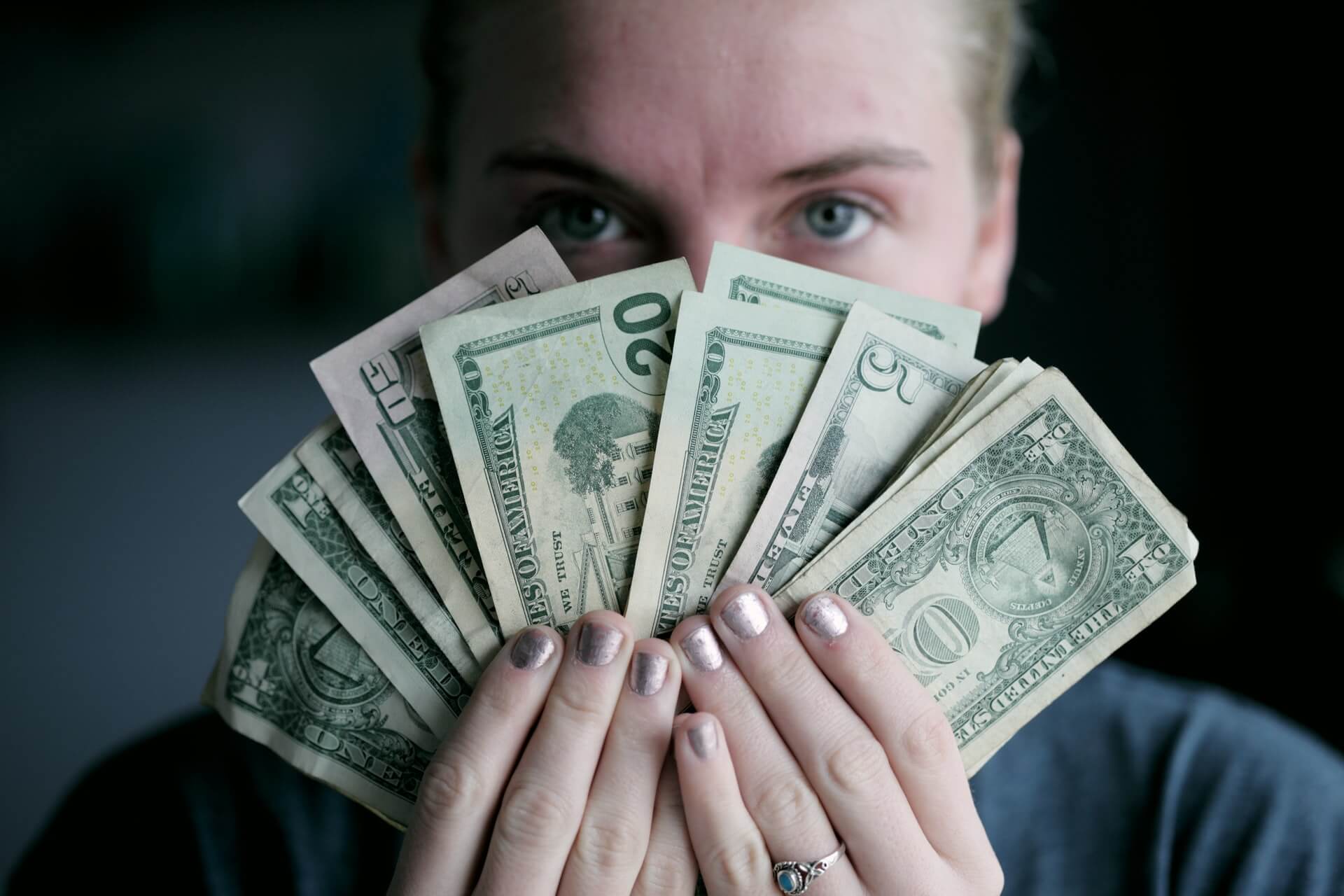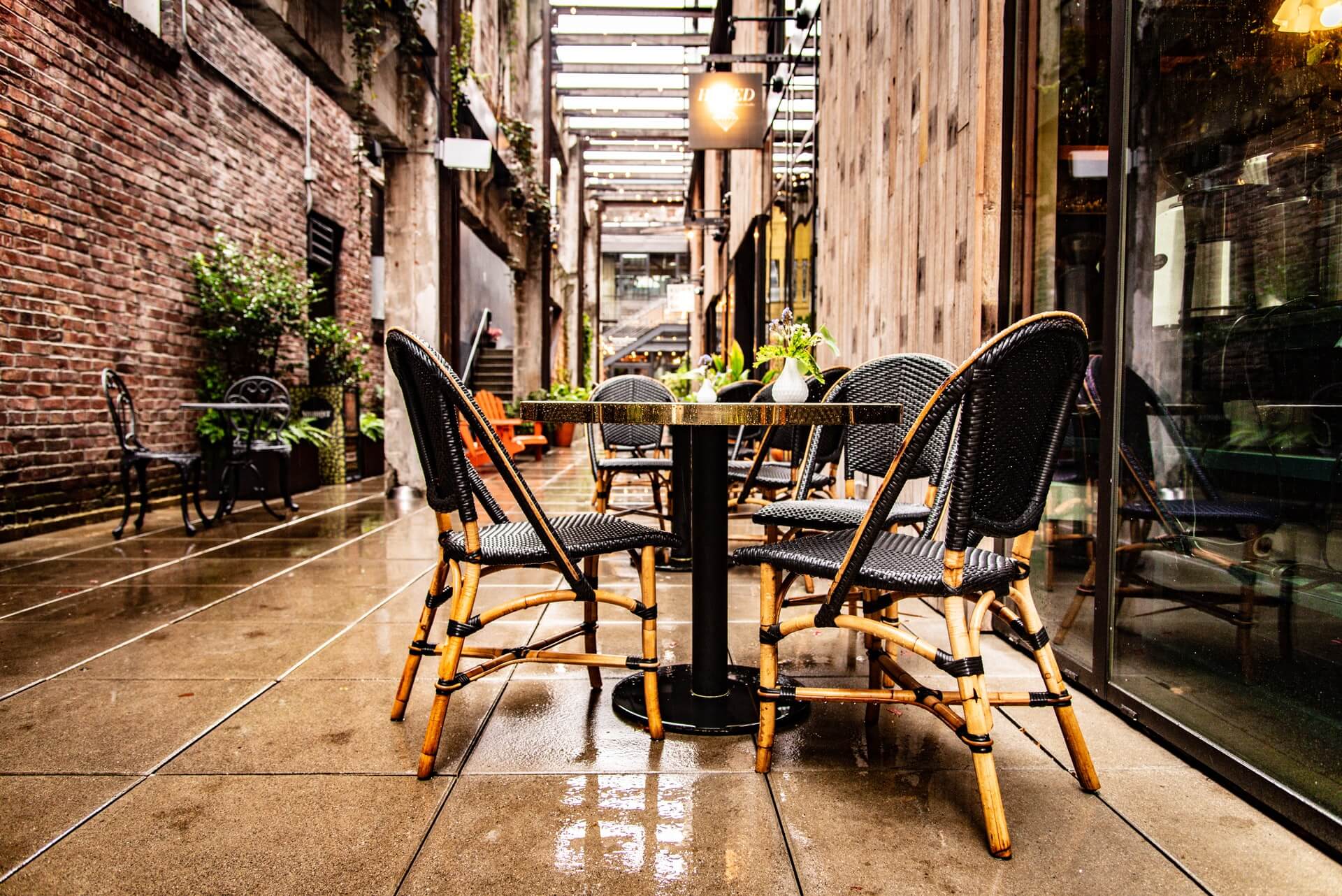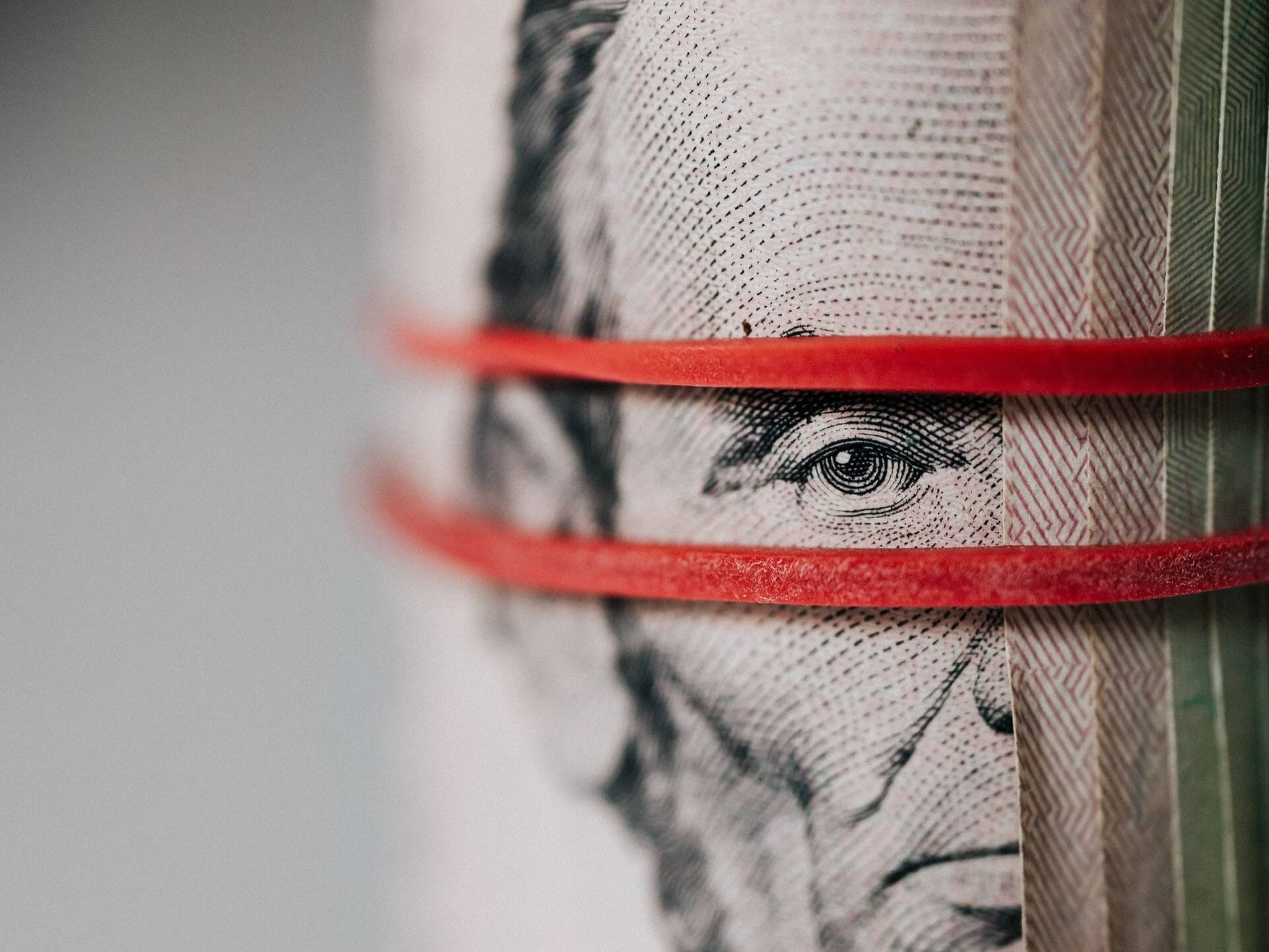Tip Elimination is Back on the Table
by David Klemt

Several operators across the country feel that as we emerge from pandemic life, now is the time to once again try eliminating tips.
Back in 2015, Danny Meyer made a decision about tips in his restaurants that sent shockwaves through the industry. Over the course of five years, Union Square Hospitality Group (Meyer’s group) implemented a hospitality included policy to eliminate tipping.
To be sure, it wasn’t only Meyer’s restaurants that examined and put no-tipping policies in place. However, Union Square was certainly among the highest-profile operators to try it out.
Good Intentions
Per the CEO of Union Square and founder of Shake Shack, attempting to do away with tipping was about promoting equity in the hospitality.
Tipping has been linked to the propagation of sexism, racism, harassment, and exploitation.
Meyer has also said that he believes it leads to wage instability, and studies have shown it contributes to outright wage theft. And, as anyone who has worked in a restaurant knows, tipping can create a gap—and therefore tension, among other issues—between the front of house and back.
However, it has proven difficult to for no-tipping policies to take hold. This is in part because tipping is so ingrained in American society. And, of course, there’s also the issue of increasing menu prices; some people are fine with tipping but not with paying more for menu items.
Guests aren’t the only individuals who have pushed back against eliminating tips. Unsurprisingly, the very people Meyers and other operators are trying to help have rejected no-tipping policies.
Many servers and other FoH staff have made it clear that they’re not interested in working for an operator who eliminates tips.
Reinstatement of Tipping
Around eleven months ago, Meyer announced he would reverse course on his hospitality included policy. According to reporting, Meyer had done so not because of pushback against increased menu prices (about 15 to 20 percent to cover increased labor costs).
Rather, the five-year experiment never worked exactly as Meyer and Union Square had hoped. As he told Pulitzer Prize-winning journalist Jonathan Capehart during a Washington Post Live conversation back in March of this year, the policy wasn’t sustainable.
“It worked to a degree, but it was not sustainable, and the biggest reason it wasn’t sustainable was we could never quite do all the things we wanted to do for our team members like make sure that a formerly tipped employee could make as much as she made when she was tipped, make sure that we had a 401(k) plan, make sure we had a really, really generous family leave policy,” Meyer told Capehart.
And then there was the impact of the pandemic. Meyer finally pulled the plug on his no-tipping policy after New York allowed restaurants to reopen for outdoor dining a year ago. Reportedly, Meyer didn’t see how he could stand in the way of his staff making additional money.
2021 Experiment
Interestingly, several news outlets are reporting that operators around the country are at least considering doing away with tips this summer.
Again, this is at least in part due to the pandemic. Restaurateurs who have wanted to implement policies similar to Meyers’ Hospitality Included see this year as the time to try.
We still don’t know exactly what post-pandemic life will be. However, a hospitality industry reset is certainly coming—and it’s absolutely overdue.
So, it does make sense that as operators can change guest and staff perception of tipping and living wages as we all emerge from pandemic life and face a new world.
For example, the Chicago Tribune has reported that Big Jones, owned and operated by Paul Fehribach, has implemented service fees so he can cover offer servers between $18 and $25 per hour. A 20-percent fee for in-person dining or placing an order with a live person, and a 10-percent fee attached to online orders go to Big Jones payroll.
While there has been some pushback, the Chicago Tribune reports that Fehriback says Big Jones reactions are trending toward the positive.
It’s possible that tip elimination simply doesn’t work for some restaurant categories. As an example, those policies may work out in the casual dining space but not fine dining. Time will tell if it works at all.
Image: Sharon McCutcheon on Unsplash









